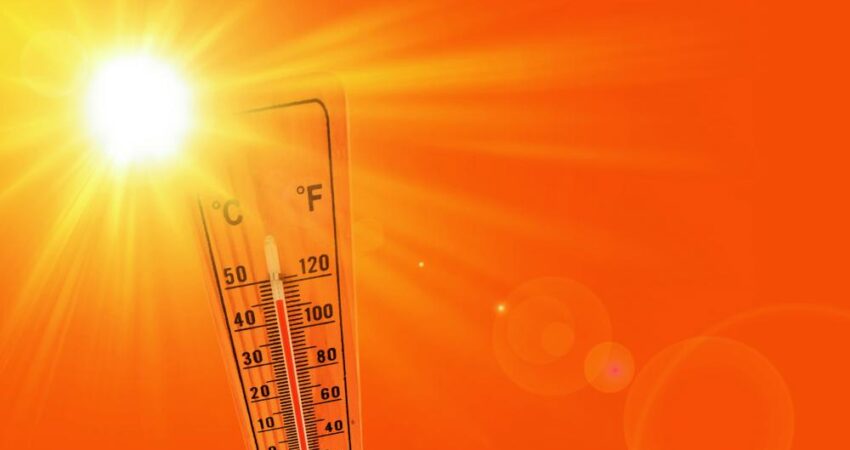1. Selecting the Right Thermocouple Type: Choosing the appropriate thermocouple type is critical to ensure accurate temperature measurements. Consider factors such as the temperature range of the process, environmental conditions, chemical compatibility, and required accuracy. Refer to thermocouple reference tables to match the right type with the specific temperature range of the application.
2. Thermocouple Configuration: There are various thermocouple configurations available, including bare wire, grounded, ungrounded, sheathed, and protected types. Each configuration has its advantages and is suited to different applications. For instance, a sheathed thermocouple offers better protection in corrosive environments, while bare wire thermocouples have faster response times.
3. Installation and Placement: Proper installation and placement of thermocouples are vital to obtaining accurate readings. Factors such as distance from the heat source, insulation, and shielding from electromagnetic interference should be considered. Additionally, thermocouples should be securely attached to the process equipment to prevent movement that could affect measurements.
4. Cold Junction Compensation: Thermocouples measure temperature differences between the hot and cold junctions. The cold junction, where the thermocouple wires are connected to the measuring instrument, must be accurately compensated for ambient temperature variations. Cold junction compensation techniques, such as using thermocouple reference junctions or electronic compensation circuits, are essential to achieve precise temperature readings.
5. Calibration and Maintenance: Regular calibration is crucial to maintain the accuracy of thermocouples. Calibrate thermocouples against a known reference temperature source to verify their accuracy. Additionally, implement a maintenance schedule to check for wear, damage, or drift in thermocouples and replace or recalibrate them as needed.
6. Data Acquisition and Monitoring Systems: Implementing a reliable data acquisition and monitoring system is essential for real-time temperature tracking. Modern systems offer advanced features, such as remote access, data logging, and alarms, enabling operators to respond promptly to temperature deviations and prevent potential issues.
7. Redundancy and Backup Systems: In critical applications, consider implementing redundancy by using multiple thermocouples for the same measurement point. Redundancy ensures continued operation even if one thermocouple fails, providing an extra layer of reliability and safety.
8. Regular Verification and Validation: Conduct regular checks to verify that the temperature data obtained from thermocouples align with expected results. This validation process helps ensure the continued accuracy and reliability of the temperature measurements.
9. Integrating Temperature Data into Process Control: To optimize industrial processes fully, integrate temperature data from thermocouples into the process control system. Automated temperature control based on real-time data can lead to improved process stability, increased efficiency, and reduced manual intervention.
Conclusion: Thermocouples are indispensable tools for accurate temperature measurements in the process industry. By selecting the right thermocouple type, configuring them appropriately, and ensuring proper installation, calibration, and maintenance, industries can harness the full potential of these sensors. Accurate temperature data obtained from thermocouples serves as the foundation for optimizing industrial processes, enhancing product quality, and maximizing operational efficiency.
